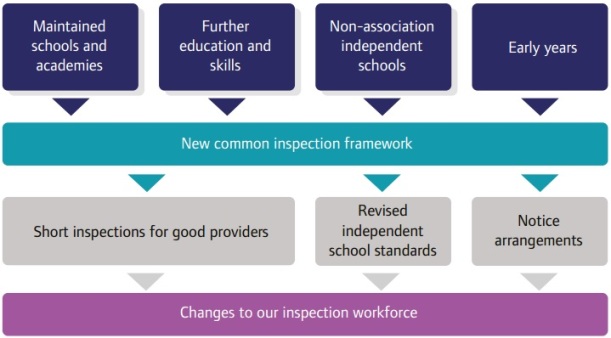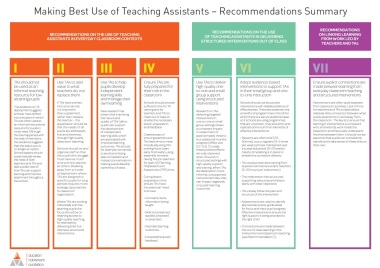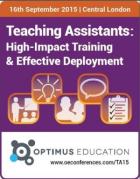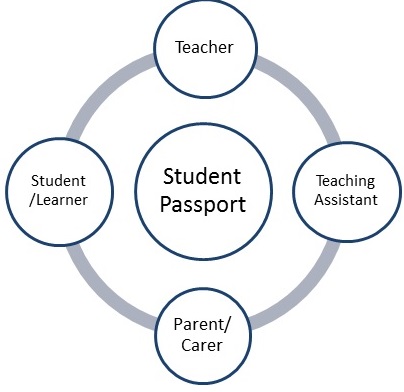Gareth D Morewood takes a look at what resolutions SENCos can set in order to achieve effective whole-school provision for SEND
 Happy New Year!
Happy New Year!
As we start 2016 I am reminded of one of the first articles I had published about the role of the SENCo. After achieving some decent down-time over the festive break I was able to reflect again about the SENCo role and the changes over the last decade.
I often re-visit the key SENCo skills (Cheminais, 2005) that I quoted then:
- a lead professional
- an advocate and knowledge/information manager
- a commissioner and broker
- a resource manager
- a partnership manager
- a quality assurer
- a facilitator
- a solution assembler.
I feel that today these skills are not only still valid, but carry even greater importance. The increasing need to commission and broker solutions outside of traditional local authority systems is a vital element of the current role. Yet time and time again SENCo colleagues are bogged down with other whole school responsibilities, access arrangements, for example. Despite regular discussions about workload generally, and specifically for SENCos, the challenges we face are still sometimes not directly to do with the SENCo role, but additional responsibilities and whole-school structures/systems.
Taking a look back
It has always been important for the SENCo to be able to take a lead role with regard to several areas of inclusion and the wider access for students. Historically the key features for new SENCos were identified as:
- contributing to strategic development of SEN provision
- overseeing the operation of the school’s SEN policy
- coordinating provision for pupils with SEND
- liaising with and advising other teachers
- managing, deploying and liaising with teaching assistants
- overseeing the keeping of records for pupils with SEN
- liaising with parents and carers
- contributing to the professional development of all staff
- liaising with external agencies.
However, the new Code (2014) sets out and clarifies responsibilities for teachers and the whole-school response which should, in essence, ensure a corporate responsibility for ALL students and diminish the abdicating of responsibility to the SENCo alone. Unfortunately, this is simply not the case across all schools and settings.
Effective whole school provision is characterised by:
- high aspirations for the achievement of all pupils
- good teaching and learning for all pupils
- provision based on careful analysis of need, close monitoring of each individual’s progress and a shared perception of desired outcomes
- evaluation of the effectiveness of provision at all levels in helping to improve opportunities and progress
- leaders who looked to improve general provision to meet a wider range of need rather than always increasing additional provision
- swift changes to provision, in and by individual providers and local areas, as a result of evaluating achievement and well-being.
Ofsted (2010)
Setting your resolutions
Whilst I really don’t want the first SENCology post of 2016 to be depressing and set a negative tone – I do think it is important, when we are refreshed to take time to reflect and consider what we should have as priorities – if you like, our SENCo Resolutions!
Some useful questions to start the New Year:
- Do we have high aspirations for all of our pupils?
- Do we provide inclusive quality teaching for all our pupils?
- Is our provision for pupils based on a careful analysis of needs and a monitoring of their progress in relation opportunities and outcomes?
- Do we evaluate the effectiveness of all our provision to meet a wide range of pupil needs?
- Does our school leadership team consider how to make the best provision for a wide range of pupils needs?
- Do we make timely changes to provision for pupils where evaluation indicates this is required?
- Do we effectively communicate and liaise with parents/carers?
In addition you may wish to set your own goals and resolutions – take a moment to think and consider how things match against the start of the academic year. Whatever your priorities for the year ahead, it is important to remember to keep solution-focused and seek support from SENCo colleagues – for example the senco-forum. SENCology will continue to offer support through the blog posts and associated links – very best wishes for the new year.
References
- Cheminais, R. (2005) Every Child Matters: a new role for SENCos. London: David Fulton Publishers
- Morewood, G. D. (2008) The 21st Century SENCo. Optimus Publishing: SENCO UPDATE, 100: 8-9
- Ofsted (2010) The Special Educational Needs and Disability Review; A Statement is Not Enough







